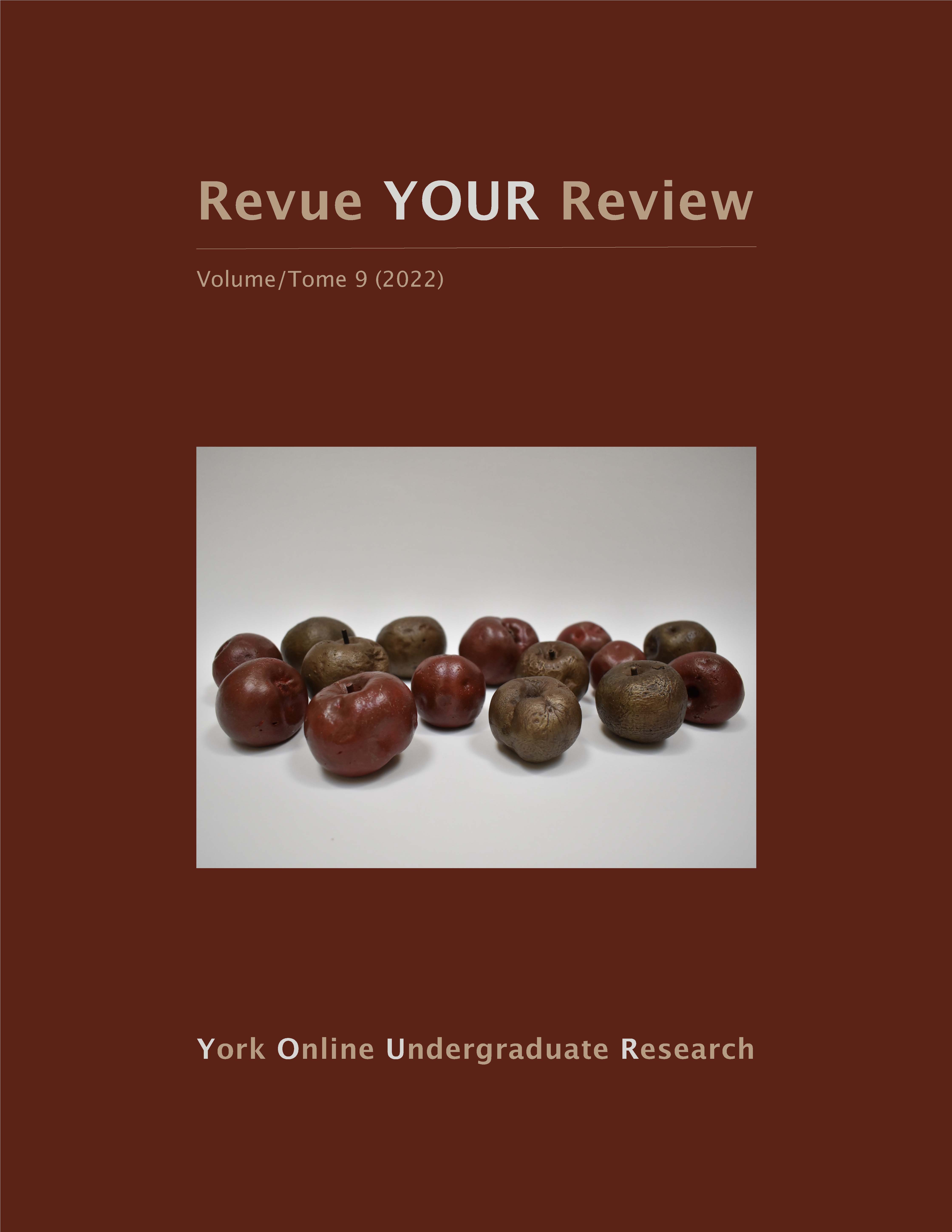A Means to an End: Women in 19th-Century England and Its Colonies
Abstract
This project researches women’s rights and exploitation within marriage and society in 19th-century England and its colonies. It reviews two novels, Charlotte Brontë’s Jane Eyre and Jean Rhys’ Wide Sargasso Sea, and compares the treatment of each novel’s main female characters in colonial patriarchal English society. The research sheds light on the similarities and differences between English women and women from English colonies and their treatment by patriarchal society in the 19th century. This project focuses on how the main male character in both novels, Mr. Edward Fairfax Rochester, treats his two wives: Bertha Mason who is Creole and Jane Eyre who is English. While Jane Eyre and Wide Sargasso Sea both feature Mr. Rochester and his two wives, each novel reveals different perspectives on the effect of the English colonial patriarchal system on women in the 19th century. Using a diverse set of academic articles to understand those differences, I looked for information on women’s rights and expectations within marriage and society in 19th-century England and its colonies. Analysis of this information reveals that while English and non-English women were negatively affected by England’s colonial patriarchal system, non-English women faced even more oppression and hardship than English women at the hands of English men. In other words, while Brontë excuses English colonial and patriarchal behaviour, Rhys uncovers the truth behind the damage such attitudes cause for minorities in England and its colonies.
Downloads
Published
How to Cite
Issue
Section
License

This work is licensed under a Creative Commons Attribution-NoDerivatives 4.0 International License.
Authors contributing to Revue YOUR Review agree to release their articles under one of three Creative Commons licenses: Creative Commons Attribution 4.0 International; Creative Commons Attribution-NonCommercial 4.0 International; or Creative Commons Attribution-NoDerivatives 4.0 International. All editorial content, posters, and abstracts on this site are licensed under Creative Commons Attribution-NoDerivatives 4.0 International. For further information about each license, see:
https://creativecommons.org/licenses/
In all cases, authors retain copyright of their work and grant the e-journal right of first publication. Authors are able to enter into other contractual arrangements for the non-exclusive distribution of the e-journal's published version of the article (e.g., post it to an institutional repository or publish it in a book or in another journal), with an acknowledgement of its initial publication in this e-journal.


